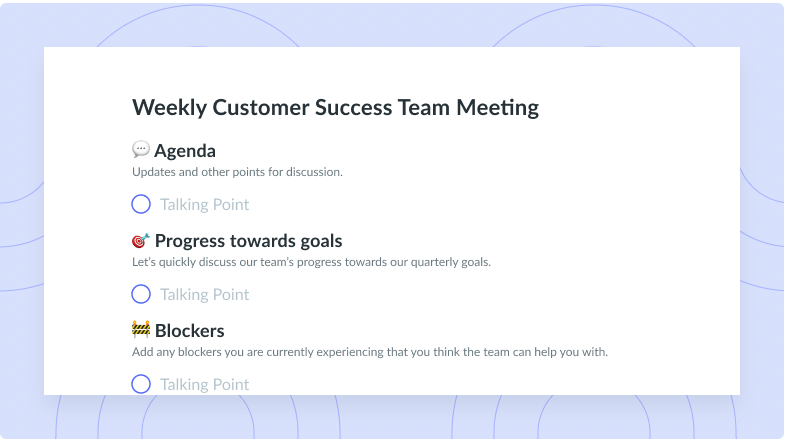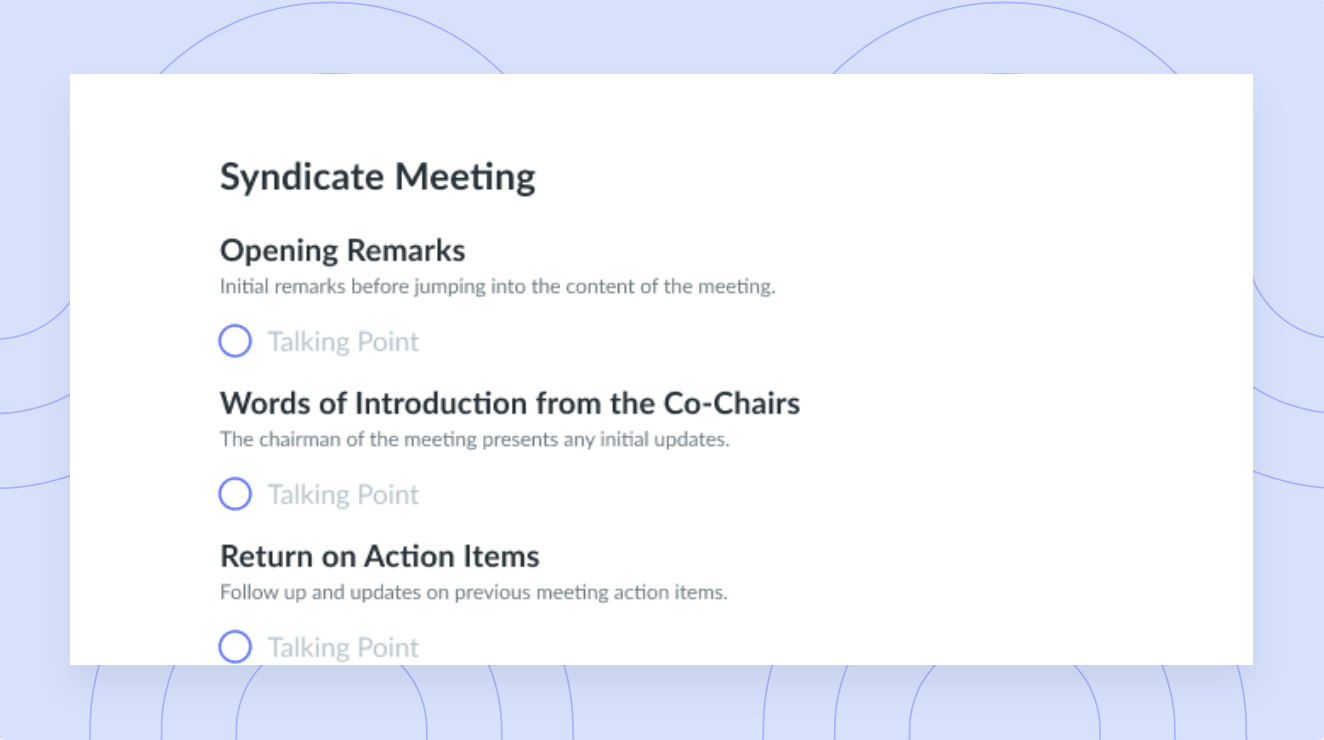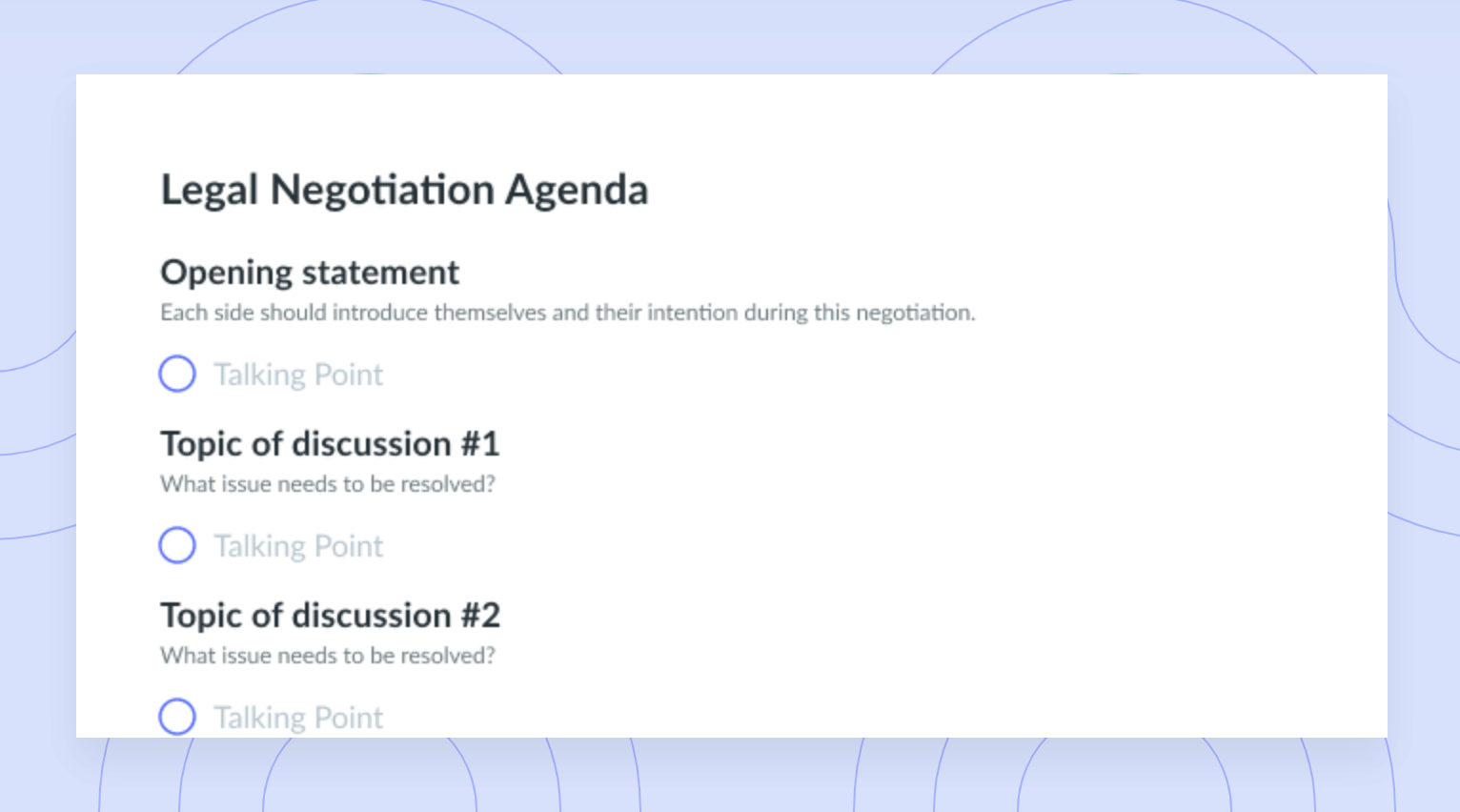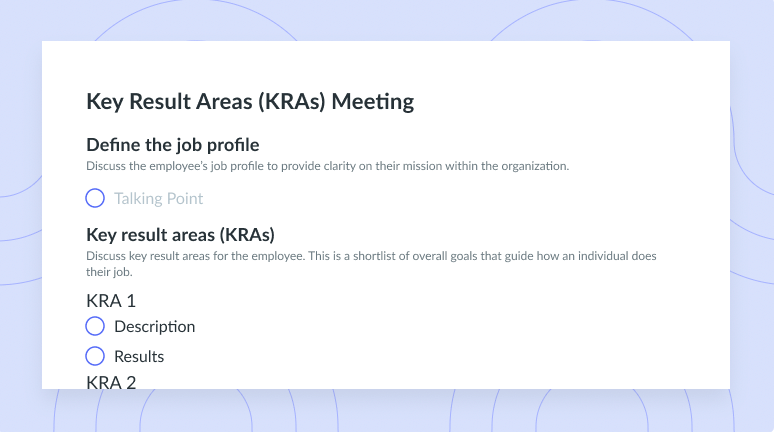Goals vs Objectives: What is the Difference? (and How They Work Together)
Learn how to accomplish those big-thinking goals by creating objectives that will guide you there!
Setting personal goals for ourselves is a part of life.
Maybe you’ve said to yourself recently, “I really want to buy a house,” or maybe “I really want to lose weight.” We often find ourselves setting goals during our downtime as we let our mind wander, which is then immediately followed by “I should have $10,000 saved within four months” or “I’m going to completely cut sugar out of my diet by the end of the month”. These smaller actions objectives we set for ourselves to help us reach our goals.
It’s common to get goals and objectives confused for one another, but it’s helpful to think of goals as the overall big picture of what we want to achieve and objectives as the small steps to get us there.
Let’s take a deeper look into what sets goals and objectives apart.
What are goals?
First, let’s clearly define what a goal means. A goal is a long-term and broadly desired outcome that an individual, team, or organization as a whole is looking to achieve. They help steer the direction of the overall business plan and make it possible to define where an organization would like to be or accomplish in the future.
Because goals are typically broad statements, they don’t include specific methods for how to obtain the actual outcome.
Some examples of goals include:
- Grow revenue
- Increase efficiency across teams
- Create a rebrand for the website
- Provide better customer service
- Increase followers on social media
Essentially, a goal is all about thinking about the big picture and striving to be ambitious with business goals. Knowing how to set goals is critical to the success of any business, and the goals you set should be aligned with the vision and mission of every department. Once you have a list of goals, you should be thinking, “great, now how do we do this?”
What are objectives?
While goals and objectives are often used interchangeably, what sets them apart is that an objective will detail how a goal will be reached. Objectives are more narrow in scope and will have specific steps, and are easy to measure.
Some examples of objectives include:
- Acquire 20% more customers in the UK over the course of 3 months
- Increase the organization’s market share by 10% by the end of the year
- Earn at least 25% return on investment over the next 6 months
- Reduce the response time for internal tickets to 12 hours or less by the end of the quarter
- Launch three new products by the end of the year
When reading a list of objectives, employees and managers should have clear action items with specific deadlines so that everyone playing a part knows what is expected of them. Objectives should always support the goals being set.
For example, if you’re setting a goal of making a cake from scratch, the first objective is to measure out your dry ingredients into a mixing bowl. Or, if your goal is to run a half marathon, then one of your objectives may be to finish a 5k run in under 30 minutes.
What is the difference between goals and objectives?
When understanding the differences between goals and objectives, there are clear instances and specificities that set them apart. At their core, they’re simply different concepts that should work in harmony with one another to ensure productivity and success.
1 Order
The first way goals are different from objectives is the order. Where goals are meant to achieve the mission of an organization or the end result for an individual, objectives are what is being set to make sure the goals are accomplished.
This means that goals are higher in order than objectives and need to be established first so that objectives can be determined next.
2 Scope
Next, consider the ways that goals and objectives have different scopes. Goals are always going to be broader than objectives because goals are generalized intentions and aren’t specific enough to be measured.
On the other hand, an objective will be narrow and are set for individual tasks to make the goal more achievable.
3 Measurement
Let’s also consider how each can be measured. Goals are either unable to be measured or very difficult to be measured because they’re usually intangible. Objectives, on the other hand, are defined in terms of tangible and measurable targets.
If we go back to the examples above, “provide better customer service” isn’t able to be measured, but if you were to say “reduce the customer wait time to 90 seconds or less” then you’d be able to measure it as it’s tangible and helps achieve the overarching goal.
4 Actionable
Generally, when going through the process of goal setting, the goal-setter is only considering a more general or broad outcome. There aren’t specific actions ironed out as they create a list of goals.
For objectives, there needs to be specific details that give everyone involved a plan of action. And, because there’s usually a deadline attached, individuals know exactly how much action they need to put forth and when.

Pro tip
Use a task management tool like Fellow to assign action items to team members with due dates so all your goals have a detailed plan of action.
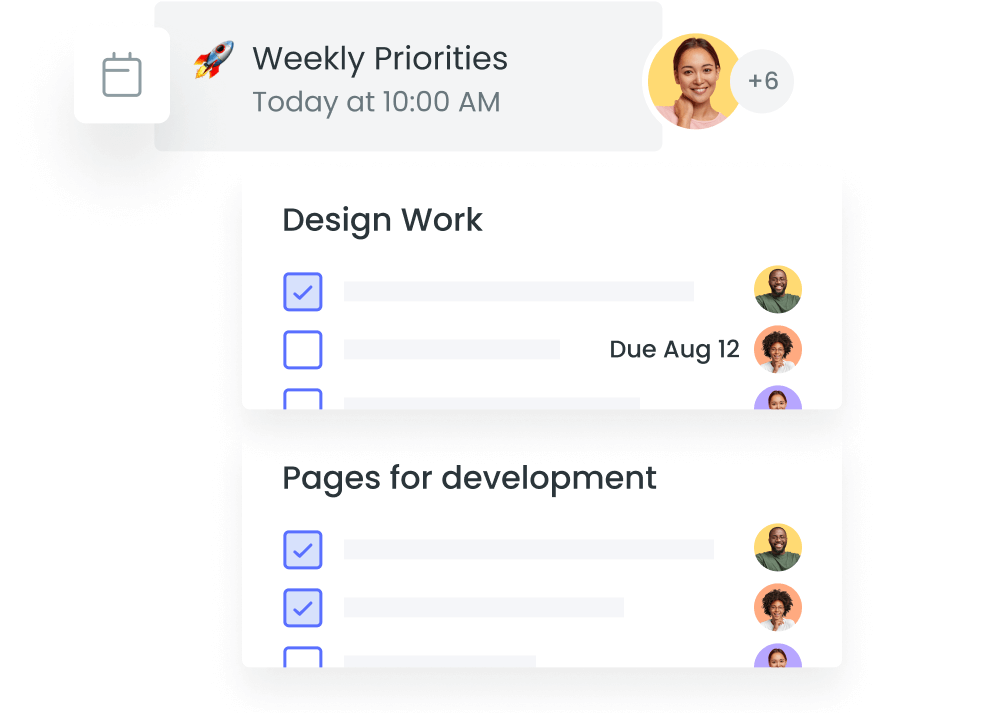
5 Timeframe
When it comes to the timeframe or deadline of goals and objectives, it’s common for businesses to set long-term goals. Whatever they’re looking to achieve should be possible over a long period of time. On the other hand, objectives are all about working in the short term.
Because of this difference, one goal can be divided into a series of objectives spread out over time.
6 Language
Finally, there’s a big difference between the language used for goals and objectives. As you write out a list of goals, the language you may find yourself using is centered around conceptual thinking and is describing the goals using broad concepts or terms and even general ideas.
As you list out objectives, the language that is used is typically on the more creative and actionable side.
How goals and objectives work together
If you want to achieve the goals your organization sets for itself, you need to make sure that the objectives are appropriately set so the two can work together for the best chance of success.
Setting goals without measurable and attainable objectives will likely lead to your team missing the mark, probably by a long shot. Your team may take a look at your list of goals and feel like they’re impossible or overwhelming without breaking them into subtasks that can be measured and crossed off.
It’s common for organizations to utilize the SMART criteria and terminology for goal setting and measuring objectives. SMART, which stands for Specific, Measurable, Attainable, Relevant, and Timely, can be helpful when breaking the goal down and assigning specific objectives to each member of the team.
- Specific: The goal needs to be precise without any room for misinterpretation
- Measurable: The goal should be quantifiable and you can easily track its progress
- Attainable: The goal shouldn’t be too far fetched or outlandish — make it reasonable
- Relevant: The goal should contribute to the broader and overarching mission
- Timely: The goal should have a defined start date and a clear deadline
The SMART method is so popular and widely used because it can be utilized whether the goals being set are for personal or professional gain. As you go about formulating effective objectives, it’s in your best interest to apply the SMART method.
What will you achieve?
No matter if you’re shooting for the stars at your company or thinking about what you can accomplish on a personal level, it’s always exciting to see how objectives help you take the steps needed to achieve your big dreams. Don’t be afraid to think big when setting goals and creating the objectives that will get you there.











